The Scottish native wild apple (Malus sylvestris), like the Scottish wild cat, could be regarded as being under threat from interbreeding with its domesticated counterpart. In the cat’s case this state of affairs is at an advanced stage, with no animals thought to exist that are pure wild cat. As for the wild apple, we are still getting to grips with this issue and concern about the impact of ‘domestic’ genes on the small wild apple population has stimulated genetic research at RBGE in collaboration with Rick Worrell from Forestry Consultancy, Aberfeldy.
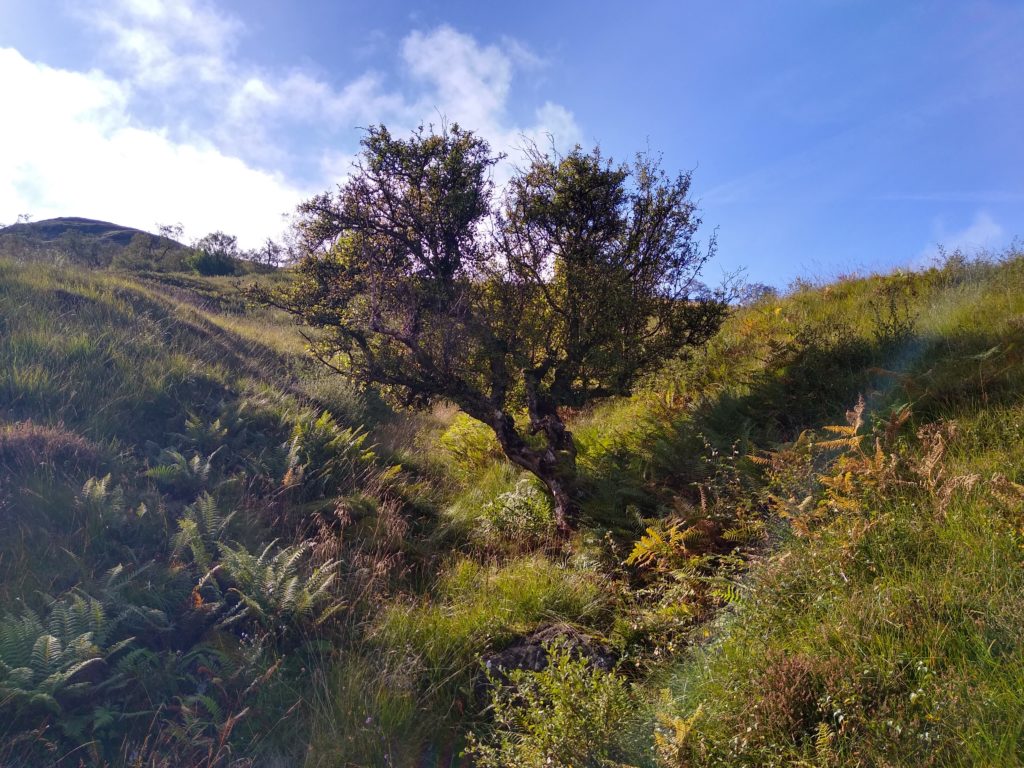
We think of apples as being so quintessentially British, but the full story turns out to be rather more complex. During the early nineteenth century it was widely thought that wild European apples, particularly the wild apple found in Scotland and throughout Europe, were the ancestors of the domesticated apple (Malus domestica).
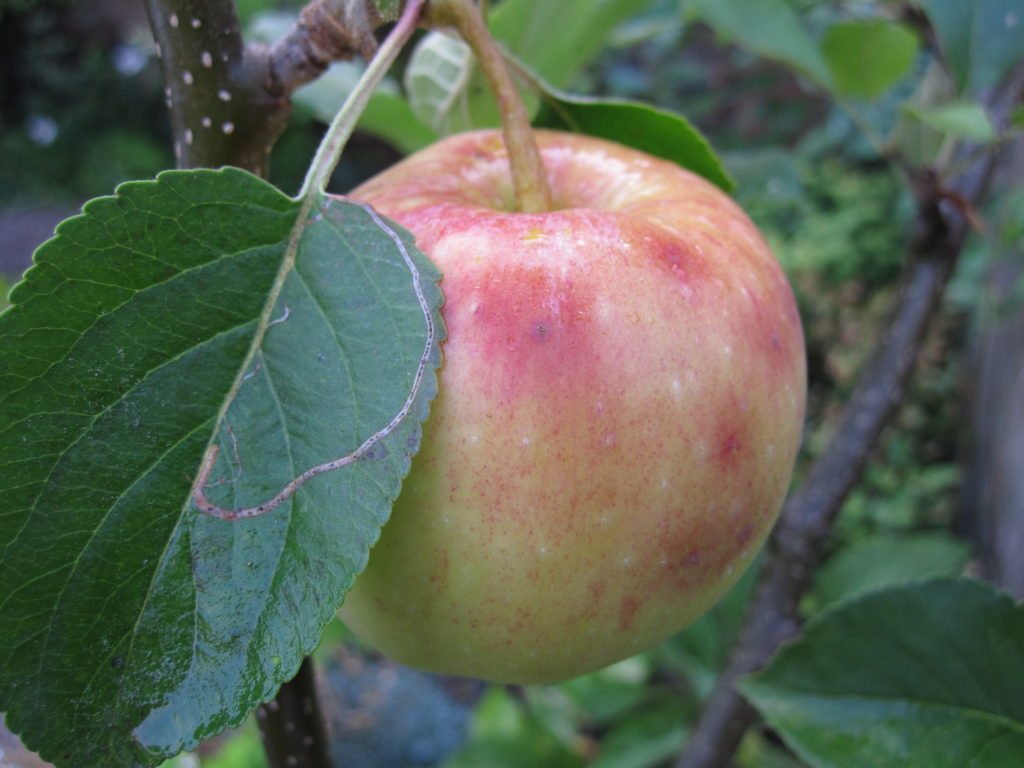
What had largely been forgotten was that in 1790 the German botanist Johann Sievers had discovered wild apple forests in the Tian Shan Mountains in modern-day Kazakhstan and Kyrgyzstan. These trees were to turn out to be central to the story of the apple. The remarkable thing about these trees was that they displayed great variation in fruit size and sweetness and some trees were indistinguishable from domesticated apples. Although Sievers died shortly after his discovery, his contribution was recognised in the naming of this new apple species from Central Asia as Malus sieversii.
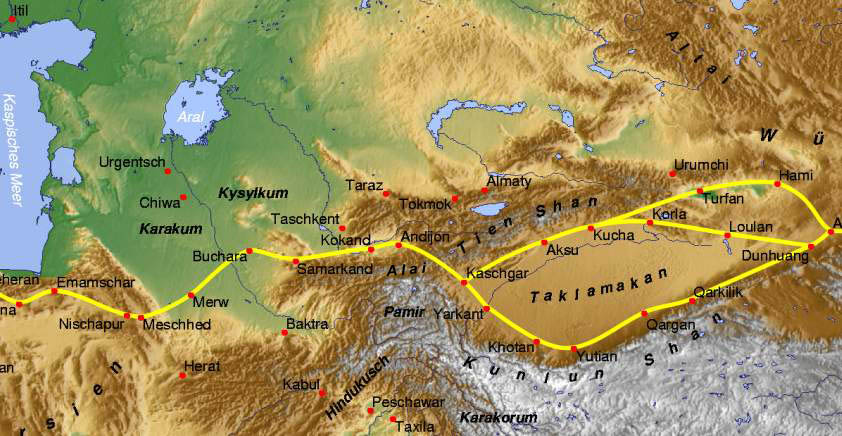
In 1929, after relative obscurity in the nineteenth century, Malus sieversii was re-found in the Tian Shan by Russian botanist Nikolai Vavilov. Vavilov was convinced that these wild apples were the origin of the domesticated apple. It was the sheer diversity displayed by this species that was important to Vavilov. He had developed a theory that the centre of origin of a crop was where the greatest diversity was found. His reasoning was that because the centre of origin had the longest time for evolutionary change it should also have the highest diversity.
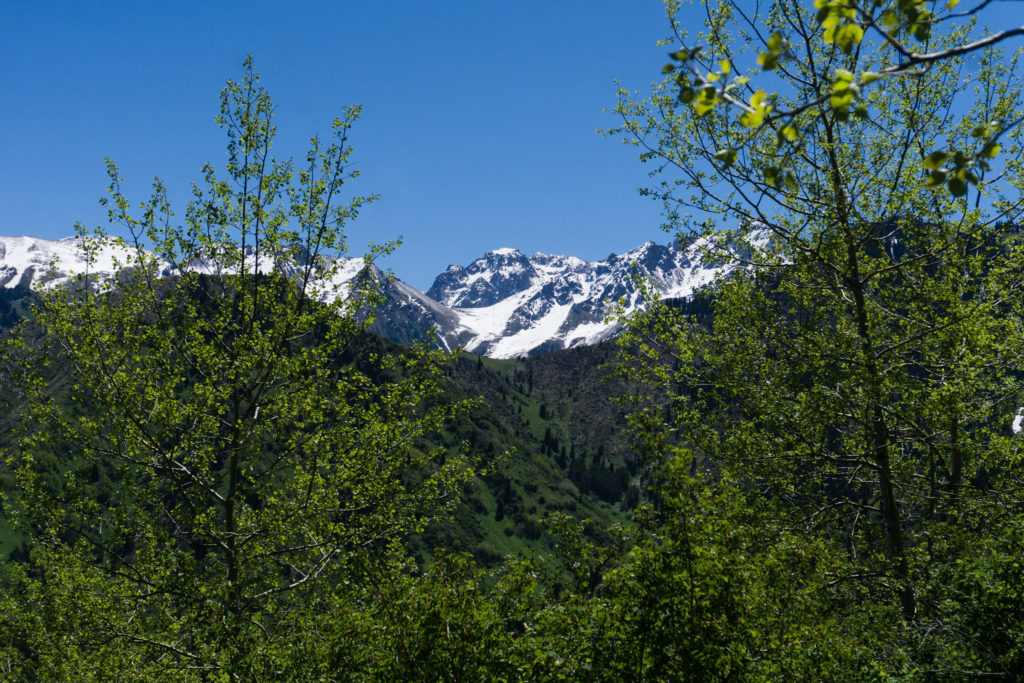
It was not until the study of apple DNA, beginning in the 1990s, that a more complete picture began to emerge and the competing ideas of European versus Asian origins could finally be resolved. What genetics initially showed was support for an Asian origin in the Tian Shan Mountains, just as Vavilov had predicted. However, genetic sampling of other apple species revealed a more nuanced picture with evidence to support an origin in Central Asia but subsequent genetic contributions from other wild apple species such as the European wild apple (M. sylvestris), the Caucasian wild apple (M. orientalis) and possibly the Siberian wild apple (M. baccata). It seems that as the domesticated apple was brought into Europe via the Silk Road it interbred with wild relatives along the way, including to a significant extent with the European wild apple. So, in this case both opposing theories were right; the apple turns out to have a mixture of Asian and European roots.
Although local wild apple genes diversified the domesticated apple as it entered Europe, which probably helped with adaption to new conditions, this interbreeding raises the question of genes flowing in the opposite direction from the domesticated apple into the European wild apple. This is of potential concern as the European wild apple seems to be rare in a number of countries. It is native to Scotland, but is only rarely encountered and typically at low density. The potential appears to exist for the wild apple to be hybridised out of existence by an abundance of pollen from nearby domesticated apples. This is not helped by the fact that apples cannot self-pollinate and rely on bees bringing them compatible pollen from other apple trees. The hybridisation issue has been investigated a number of times and in 2019 the first study in northern Britain, led by RBGE’s Dr Markus Ruhsam, was published in the journal Forestry.
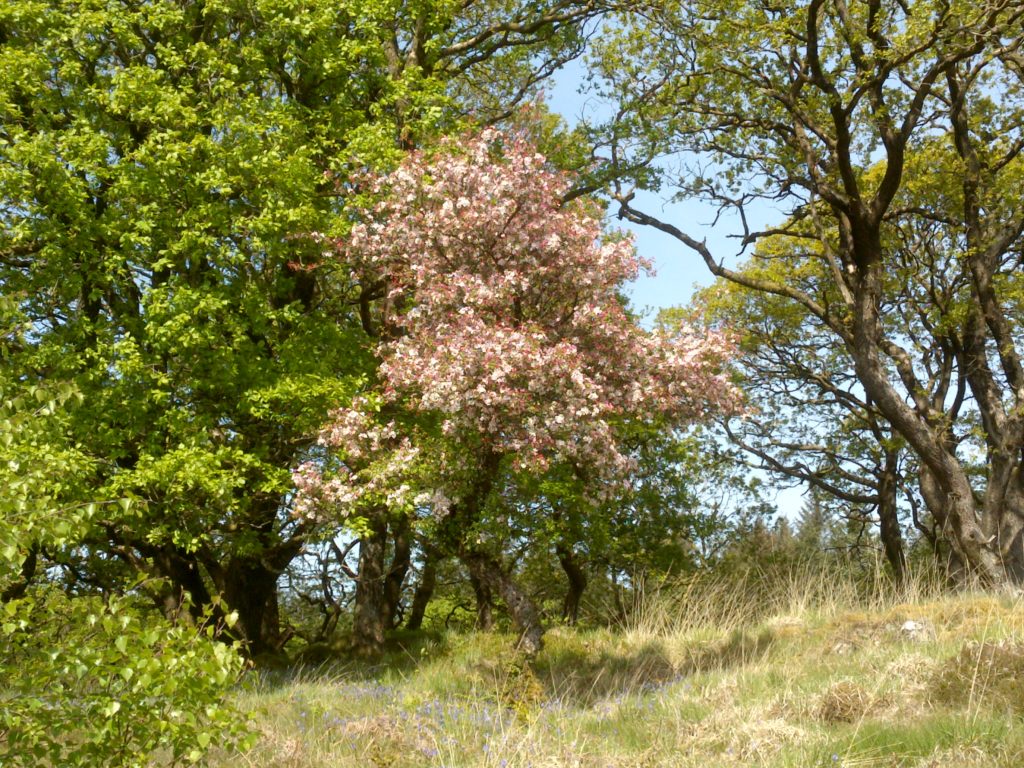
The RBGE study supported previous work that had shown widespread flow of genes from domesticated apples into European wild apple populations. Twenty-six per cent of the trees sampled in the wild from Scotland turned out to be hybrids with varying amounts of genetic contribution from the domesticated apple. The highest frequency of hybrid trees was found amongst samples from the Central Belt where human population density is greatest and where there is also a tradition of commercial apple orchards, both of which would increase the density of domesticated apples in the landscape, thereby increasing the likelihood of hybridisation. A confounding factor in densely populated areas is the influence of tree planting. It is possible that a higher proportion of the trees from the Central Belt were actually planted trees of nursery origin rather than naturally occurring hybrids.
The area that had the purest populations of wild apple trees was the Southern Highlands, where only 13 per cent of samples were classed as hybrids. This result is consistent with remote and rugged terrain having a lower density of domesticated apple trees and, therefore, less opportunity for hybridisation to happen.
Five out of the 17 domesticated apples that were used as reference samples in the RBGE study turned out to have a greater than ten per cent genetic contribution from European wild apple, highlighting the fact that domesticated apple varieties are hybrids already. A study carried out in 2012 showed that Britain’s most popular apple variety – Cox’s Orange Pippin – had the genetic make-up of an F1 hybrid, i.e., containing a 50:50 mix of the domesticated and European wild apple genome. Clearly, in this case at least, an infusion of genes from the wild has created an apple of renowned excellent flavour, highlighting the potential of wild relatives in the ongoing improvement of domesticated crop plants. In the RBGE study only three per cent of the samples were classed as F1 hybrids. However, about 88 per cent of these F1 hybrids were from trees growing beside road verges and other transport corridors, possibly indicating that the trees arose from carelessly discarded apple cores.
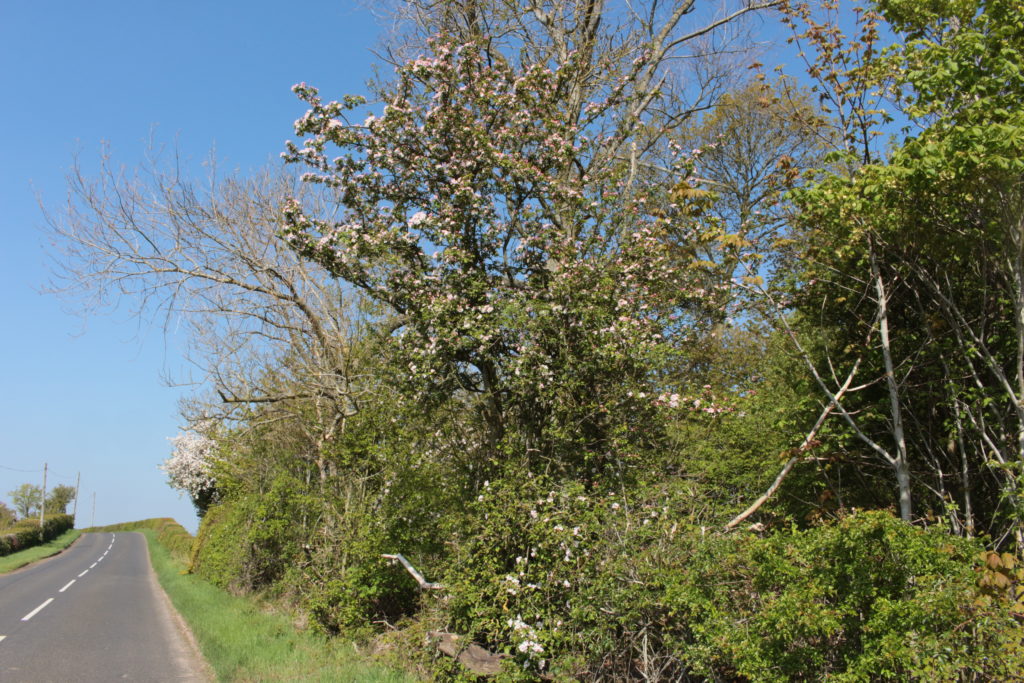
In terms of the future prospects for the native wild apple in northern Britain, the recommendation of the RBGE study was that seed orchards should be established using genetically verified pure wild apple trees in more remote regions where there is less evidence of hybridisation happening. Seed from such sources could be used for planting where the native tree is desired as well as to bolster native populations, thereby further reducing the risk of cross pollination with domesticated apples.
Next time you bite into an apple consider the wild apple forests of the Tian Shan – Heavenly Mountains – and the wild apples scattered across Scotland and wonder at how domestication has moulded this incredible diversity into the sweet flavoursome fruit you are holding.
Sources:
Cornille, A. et al. (2012). New insight into the history of the domesticated apple: secondary contribution of the European wild apple to the genome of cultivated varieties. PLoS Genet: 8(5), e1002703.
Roberts, A. (2018). Tamed: ten species that changed our world. London, Windmill Books.
Ruhsam, M. et al. (2019). Crop-to-wild introgression in the European wild apple Malus sylvestris in Northern Britain. Forestry: 92(1), pp. 85-96.

Ian Edwards
Excellent article. Can you confirm if the pure wild apples are in the southern Highlands or Southern Uplands? If the former how are you defining this region? Thanks Ian Edwards
Max Coleman
Hello Ian,
Thanks for the comment on the apple blog. The authors of the research paper defined their own geographical areas. Some of these, such as Central Belt, are widely understood. However, others were more a case of names made up to try to describe the area concerned. The ‘Southern Highlands’ referred to in the paper is not the Southern Uplands, but rather the southern part of the Scottish Highlands.
Best wishes,
Max